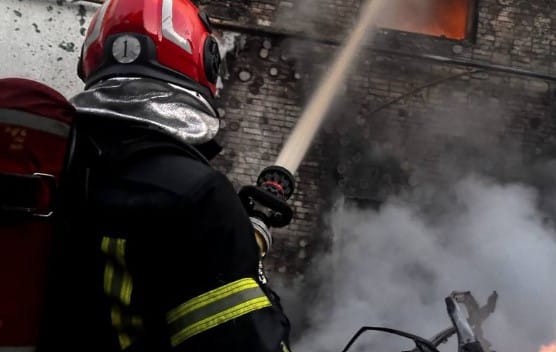Intensified Conflict in Gaza: Israel Orders Evacuation of Rafah Amid Escalating Humanitarian Crisis

On March 31, 2025, the Israel Defense Forces (IDF) issued sweeping evacuation orders for Rafah, a densely populated city in southern Gaza, as it intensified military operations against Hamas. This latest escalation follows the breakdown of a fragile ceasefire earlier this month and has plunged Gaza deeper into a humanitarian catastrophe. Over 900 Palestinians have died since airstrikes resumed on March 18, bringing the total death toll since October 2023 to over 50,000. The renewed violence has displaced tens of thousands and exacerbated dire living conditions for Gaza’s 2 million residents.
Background: The Breakdown of the Ceasefire
The ceasefire agreement between Israel and Hamas, brokered in January under U.S. pressure, provided a brief reprieve from hostilities. However, tensions remained high as both sides accused each other of violations. On March 1, Israel halted all humanitarian aid and commercial supplies to Gaza after Hamas refused to release Israeli hostages and rejected proposed amendments to the truce.
The resumption of hostilities on March 18 was marked by large-scale Israeli airstrikes targeting Hamas infrastructure and alleged operatives. The IDF justified its actions as necessary to dismantle Hamas’s military capabilities and prevent weapons smuggling through Gaza’s border with Egypt.
Evacuation Orders for Rafah
On March 31, IDF spokesperson Avichay Adraee announced mandatory evacuation directives for Rafah and surrounding areas via social media. Palestinians were instructed to relocate to al-Mawasi along the coast—an area previously bombarded during the conflict despite being designated as a "safe zone."
Impact on Civilians
- Displacement: Since March 18, over 142,000 Palestinians have been uprooted from their homes, according to the United Nations Office for the Coordination of Humanitarian Affairs (OCHA). Many have been displaced multiple times due to repeated evacuations.
- Casualties: Reports indicate that at least two civilians were killed when an Israeli strike targeted a tent housing displaced individuals near Rafah.
- Dangerous Evacuation Routes: Residents described being shot at along evacuation routes, adding to the peril faced by those attempting to flee.
The IDF’s intensified ground and aerial operations have devastated Rafah, which remains largely in ruins following a major assault last May. Despite agreeing to withdraw from the area under the January ceasefire, Israel has maintained its presence along the border with Egypt, citing security concerns over weapons smuggling.
Humanitarian Crisis in Gaza
The renewed conflict has compounded an already dire humanitarian situation in Gaza:
Food Shortages
- The United Nations warns that bakeries in Gaza could run out of flour within days due to Israel’s blockade on food supplies. Aid distributions have been halved, leaving families reliant on dwindling rations.
- Markets are devoid of vegetables and other staples, while malnutrition rates among children continue to rise.
Water and Sanitation
- Fuel shortages have disrupted operations at desalination plants and wells, leaving over half of Gaza’s population—1.8 million people—in urgent need of clean water and sanitation services.
- UNICEF reports critical water shortages exacerbating health risks for vulnerable populations.




